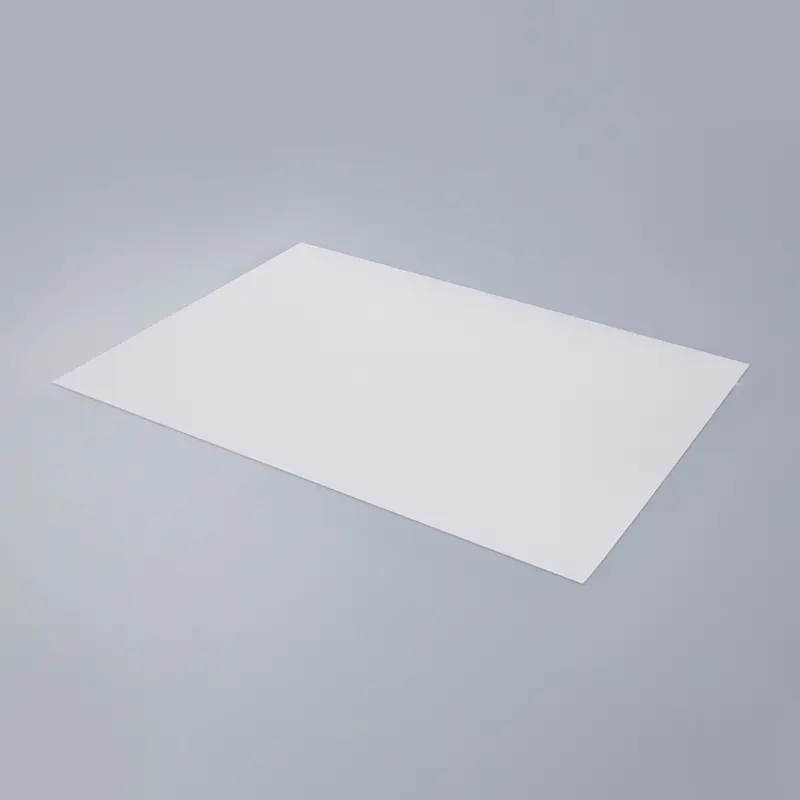The composition of the adhesive layer in Adhesive Synthetic PP plays a crucial role in determining its adhesion strength on different surfaces. Several factors in the adhesive formulation influence how well the adhesive bonds to various substrates. Here's an exploration of how the composition contributes to variations in adhesion strength:
Chemical Compatibility:
Surface-Specific Formulation: The adhesive layer may be formulated with specific chemicals or compounds tailored to enhance adhesion to certain types of surfaces.
Chemical Interactions: The chemical composition of the adhesive is designed to interact favorably with the molecular structure of the substrate, promoting strong adhesion.
Surface Energy Matching:
Energy Levels: Adhesive Synthetic PP is formulated to have a surface energy that matches or complements the energy level of the target substrate.
High or Low Surface Energy Substrates: Adhesives often exhibit better adhesion on surfaces with similar energy levels. For example, high surface energy materials like metals may require a different formulation than low surface energy materials like plastics.
Wettability and Spreading:
Wetting Characteristics: The adhesive layer's composition affects its wetting properties, determining how well it spreads across the substrate.
Uniform Coverage: An adhesive with good wetting characteristics ensures uniform coverage, leading to increased contact and better adhesion.
Adhesive Strength Modifiers:
Modifiers for Different Substrates: The formulation may include additives or modifiers that enhance adhesion strength on specific substrates.
Versatility: Depending on the application, the adhesive composition may be adjusted to offer versatility in adhering to a range of materials.
Flexibility and Conformability:
Flexibility for Irregular Surfaces: The composition may include components that provide flexibility, enabling the adhesive to conform to irregular or textured surfaces.
Improved Contact: Increased conformability ensures that the adhesive establishes better contact with the substrate, enhancing adhesion strength.

Cohesive Strength:
Balancing Cohesive and Adhesive Forces: The adhesive layer's composition is balanced to ensure strong adhesion without compromising the internal cohesion of the adhesive.
Preventing Internal Failures: Proper formulation prevents internal failures within the adhesive, contributing to reliable and durable adhesion.
Temperature and Environmental Stability:
Temperature-Resistant Formulation: The adhesive layer may be designed to remain stable across a range of temperatures, ensuring consistent adhesion performance in varying environmental conditions.
Resistance to Environmental Factors: Formulation considerations may include resistance to moisture, UV exposure, or other environmental factors that can impact adhesion strength.
Customization for Specific Surfaces:
Tailored Formulation: In some cases, Adhesive Synthetic PP formulations may be customized for specific applications or industries, influencing adhesion strength based on the intended use.
Industry-Specific Requirements: For example, automotive applications may have different requirements than packaging applications, leading to tailored formulations.
Adhesive Layer Thickness:
Influence on Adhesion: The thickness of the adhesive layer can impact adhesion strength, with thicker layers generally providing stronger bonds.
Optimization for Application: Formulations may consider the optimal thickness for different applications or substrates.

 English
English Español
Español русский
русский Français
Français عربى
عربى











